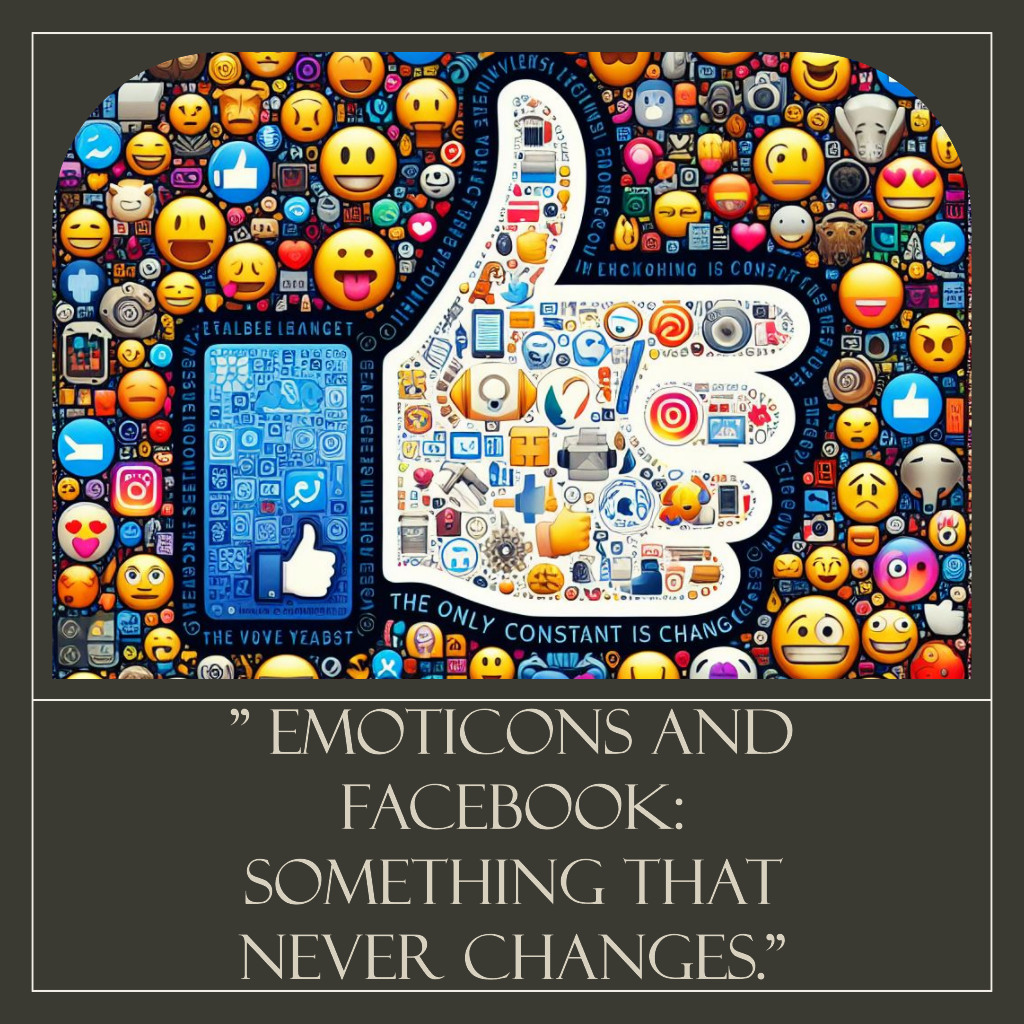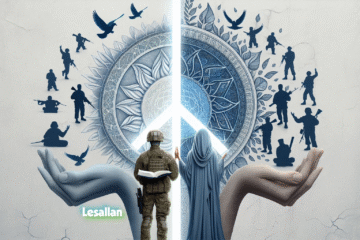Emoticons and Facebook: Something That Never Changes
Written by Lesallan – January 19, 2024

Did you know that emojis or emoticons are those little symbols we use to show our emotions, objects, animals, and other things? They are all over the internet, especially on social media platforms like Facebook. But what’s interesting is that emoticons have been around since the 19th century, and they haven’t changed much since then. Cool, right?
In this blog post, we’re gonna dig into the story behind emojis. We’ll see how they started, how they’re used on Facebook and other platforms, and what effect they’ve had on online communication. We’ll also look at some of the pros and cons of using emojis.
The Origins of Emoticons
Did you know that the use of emoticons dates back to as early as 1881? An American magazine called Puck published four typographical symbols that were used to express emotions like joy, melancholy, indifference, and astonishment. These symbols were the precursors to modern-day emojis that we use in our text messages and social media posts.
🙂 joy
🙁 melancholy
😐 indifference
:-O astonishment
These symbols were meant to be read sideways, with the colon representing the eyes, the hyphen representing the nose, and the parenthesis representing the mouth. They were intended to add humor and clarity to the written text.
However, these symbols did not become popular until 1982, when a computer scientist named Scott Fahlman suggested using 🙂 and 🙁 to mark jokes and serious messages on an online bulletin board at Carnegie Mellon University. He wrote:
“I propose that the following character sequence for joke markers:
🙂
Read it sideways. Actually, given current trends, it is probably more economical to mark things that are NOT jokes. For this, use
🙁
This idea quickly spread to other online platforms and became a standard way of expressing emotions in text messages.
The Evolution of Emoticons
In the late 1980s and early 1990s, emoticons evolved from simple text symbols to more elaborate graphical icons. These icons were created by various software developers and users who wanted to add more variety and creativity to their communication. Some of the early graphical emoticons included:
🙂 smiley face
🙁 sad face
😉 wink
😛 tongue out
😀 big grin
O:) angel
>:) devil
<3 heart
:* kiss
These icons were usually displayed as small images that replaced the text symbols when viewed on a screen. They were also called smileys or emoticons interchangeably.
In 1997, a Japanese artist named Shigetaka Kurita created a set of 176 pictograms for a mobile phone company called NTT DoCoMo. These pictograms were designed to convey information and emotions in a simple and universal way. They included symbols for weather, food, animals, sports, transportation, and more. They were also called emoji, which means “picture character” in Japanese.
Emoji soon became popular in Japan and other Asian countries, where they were used extensively in text messages and emails. In 2007, Apple introduced emoji support for its iPhone users in Japan, and in 2010, Unicode Consortium standardized emoji for global use. Since then, emoji have become a global phenomenon, with thousands of symbols available on various platforms and devices.
The Impact of Emoticons on Facebook and Other Online Platforms
Emoticons have had a significant impact on Facebook and other online platforms in terms of communication, culture, and commerce. Some of the ways that emoticons have influenced these aspects are:
Communication: Emoticons help users express their emotions, intentions, and attitudes in a concise and effective way. They also help users overcome language barriers and cultural differences by providing a common visual language. Emoticons can also enhance the tone and mood of a message by adding humor, sarcasm, irony, or emphasis. For example:
I’m so happy for you! 🙂
I’m so happy for you! 😛
I’m so happy for you! >:(
The first sentence expresses genuine happiness, the second sentence expresses sarcasm or teasing, and the third sentence expresses anger or jealousy. The same words can have different meanings depending on the emoticon used.
Culture: Emoticons reflect the values, beliefs, and preferences of different cultures and communities. They also create new forms of expression and identity for users who want to show their personality and style. Emoticons can also influence social norms and behaviors by creating expectations and conventions for online interactions. For example:
In Japan, emoji are often used to convey politeness and respect by adding bows or flowers to a message.
In China, emoji are often used to convey luck and fortune by adding red envelopes or lanterns to a message.
In India, emoji are often used to convey spirituality and devotion by adding gods or temples to a message.
Commerce: Emoticons create new opportunities and challenges for businesses and brands who want to connect with their customers and audiences online. Emoticons can help businesses communicate their messages more effectively and creatively by using symbols that resonate with their target markets. Emoticons can also help businesses collect feedback and data from their customers by using symbols that represent ratings, preferences, or emotions. For example:
A restaurant can ask its customers to rate their food and service by using emoji such as 😋, 😐, or 😡.
A clothing brand can ask its customers to choose their favorite style or color by using emoji such as 👗, 👕, or 🌈.
A movie studio can ask its customers to share their feelings about a film by using emoji such as 😍, 😂, or 😱.
The Benefits and Challenges of Using Emoticons in Your Communication
Using emoticons in your communication can have both positive and negative effects depending on the context, purpose, and audience of your message. Some of the benefits and challenges of using emoticons are:
Benefits:
– Emoticons can make your communication more engaging, expressive, and fun by adding visual elements and emotions to your text.
– Emoticons can make your communication more clear, concise, and efficient by reducing the need for words and explanations.
– Emoticons can make your communication more friendly, personal, and relatable by showing your human side and personality.
Challenges:
– Emoticons can make your communication more ambiguous, confusing, and misleading by creating different interpretations and expectations among different users and platforms.
– Emoticons can make your communication more informal, casual, and unprofessional by lowering the standards and quality of your language and grammar.
– Emoticons can make your communication more inappropriate, offensive, and disrespectful by violating the rules and etiquette of certain situations and cultures.
Emoticons are something that never change in the sense that they have always been a part of human communication since the dawn of writing. However, they are also something that constantly changes because they have evolved and adapted to the needs and preferences of different users and platforms over time. Emoticons are a powerful tool that can enhance or hinder your communication, depending on how you use them. Therefore, it is essential to be aware of emoticons’ origins, evolution, impact, benefits, and challenges when communicating online. Remember: A picture is worth a thousand words, but a word is worth a thousand pictures, too.


